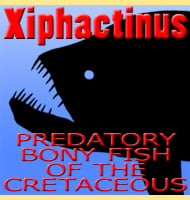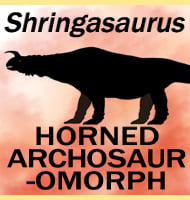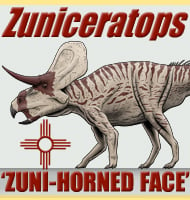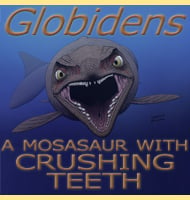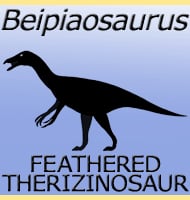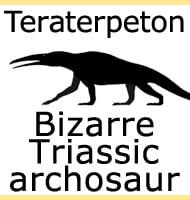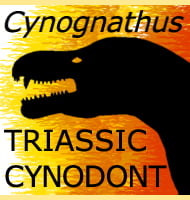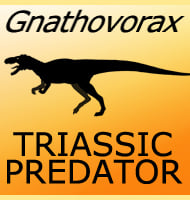In Depth
Members of the genus Xenohystrix are prehistoric relatives of Hystrix cristata, also known as the crested porcupine which lives in Africa today. Like with their living relatives, Xenohystrix would be expected to have a covering of sharp quills to protect them from predators. Also like living porcupines, Xenohystrix may have eaten plants and occasionally invertebrates while also scavenging carrion from time to time.
Further Reading
– Earliest evidence for Atherurus and Xenohystrix (hystricidae, rodentia) in Africa, from the late Miocene site of Lemudong’o, Kenya - Leslea J. Hlusko - 2007.


